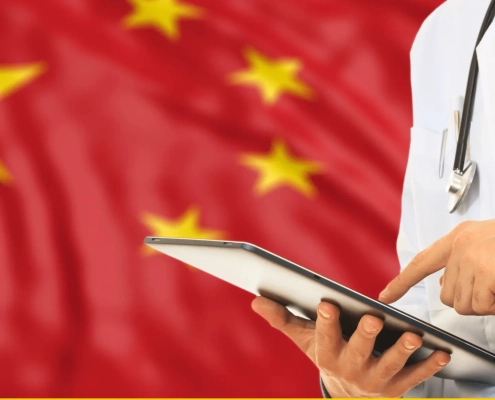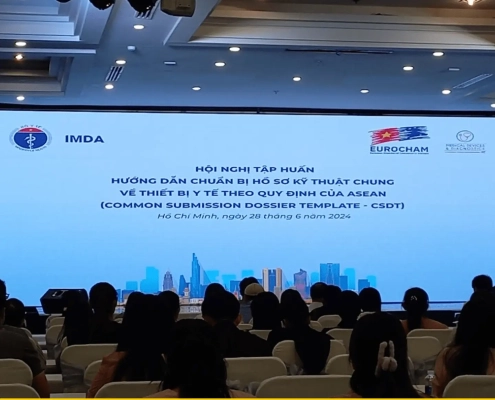Hong Kong MDD Issues New Technical Reference Document for AI-MD
Published on: January 22nd, 2024
On January 3, 2024, Hong Kong’s Medical Device Division (MDD) issued the Technical Reference document TR-008: Artificial Intelligence Medical Devices (AI-MD). It provides clarity for devices using AI (AI-MD) and machine learning, including Continuous Learning Capability (CLC) and the technical requirements expected for listing these medical devices on the Medical Device Administrative Control System (MDACS).
To learn more about listing Software as Medical Devices (SaMD) or Software in Medical Devices (SiMD), please see our blog on the topic here.
AI-MD Reference & Guidance Documents
Since AI-MD products are considered software medical devices, manufacturers will want to refer to Technical Reference TR-007 for Hong Kong specific guidance. The MDD also recommends manufacturers refer to the following international standards when submitting documentation for AI-MD product listings.
- ISO/IEC 22989 Information technology — Artificial intelligence — Artificial intelligence concepts and terminology
- ISO/IEC 22989 Information technology — Artificial intelligence — Artificial intelligence concepts and terminology Machine Learning (ML)
- IEC 62304 Medical device software – Software life cycle processes
Additional Requirements for Listing AI-MD in Hong Kong
In addition to the standard application documents required for all medical devices, the Hong Kong MDD has outlined additional items that should be submitted as part of any AI-MD listing application. These AI specific requirements include:
- Dataset: Information on what data is input into the system to support the output of the software. This can be in the form of diagnostic images, patient’s history, patient’s physiological measurements, medication records, etc.
- AI Model: Description of the machine learning model used.
- Performance and Clinical Evaluation: Verification and validation documentation, test protocols, and clinical associations.
- Deployment: Information on the version controls, device workflow and how the output results are to be used, and information on the data training update cycle.
Continuous Learning Capability (CLC) Requirements
Unlike some other markets in the region that require static datasets, Hong Kong’s MDD will allow Continuous Learning Capability (CLC) products on the market as long as they demonstrate they meet certain requirements. These requirements include:
- Description of the process for continuous learning,
- Safety mechanisms built into the software to detect anomalies and inconsistencies,
- Description of the real-world data set and the inclusion and exclusion criteria,
- Processes to ensure integrity, reliability, and validity of the new data, and
- Software version controls.
Post Marketing Monitoring and License Maintenance
The AI-MD guidance document emphasizes the critical importance of post-market monitoring for AI medical devices (AI-MD) once deployed in real-world clinical settings. Manufacturers are required to establish a collaborative process with the Local Responsible Person (LRP), importers, distributors, and users to ensure traceability and implement mechanisms for active monitoring and review of the AI-MD’s performance. This monitoring may include autonomous monitoring embedded in the system to ensure ongoing accuracy, especially for devices with continuous learning algorithms, and to prevent any concept drift.
In the event of findings after deployment, manufacturers must apply appropriate control measures, such as submitting Change Applications to MDD and launching field safety corrective actions. The guidance directs manufacturers to refer to Guidance Notes GN-10 for detailed requirements regarding Change Applications. Additionally, manufacturers are obligated to monitor the real-world performance of listed AI-MD after deployment and maintain records, submitting post-market reports to MDD upon request.
More information on Change Notification requirements in Hong Kong can be found here.
Come Grow With Us
Please contact us if you’d like support understanding these new requirements or are interested in registering your product in Hong Kong. Asia Actual specializes in helping medical device manufacturers grow their sales in Asia with experienced, bi-lingual commercial and regulatory experts on the ground in each market. Contact Asia Actual today with any questions or support requests.
Asia Actual is a regulatory consulting company specializing in helping manufacturers grow their sales through independent license holding, direct fulfillment, and a variety of sales channel support services.




